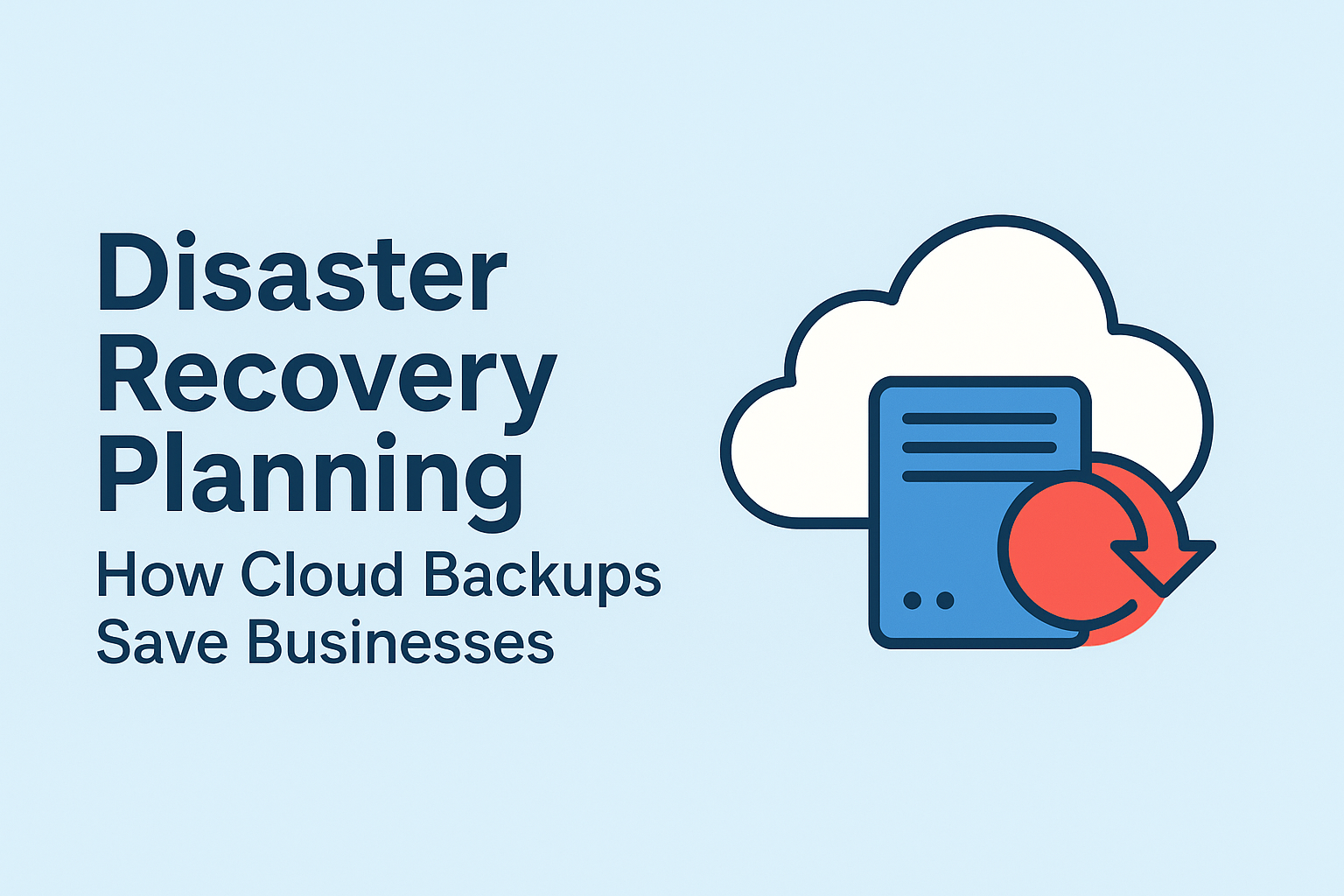Disaster Recovery Planning: How Cloud Backups Save Businesses
Disaster recovery planning is an essential component of modern business continuity. Whether caused by cyberattacks, hardware failures, or natural disasters, data loss can cripple operations and damage customer trust. Implementing a robust disaster recovery strategy ensures businesses remain resilient during unexpected events. One of the most effective tools in this process is cloud backups, offering secure, scalable, and cost-efficient solutions.
Why Disaster Recovery Planning Matters
Unplanned downtime and data breaches can lead to significant financial losses, legal complications, and reputational harm. A well-designed disaster recovery plan outlines steps to restore critical systems, safeguard sensitive information, and maintain business operations. Without this roadmap, organizations risk extended outages and permanent data loss, which can be devastating for small and large enterprises alike.
The Role of Cloud Backups in Disaster Recovery
Cloud backups provide a reliable safety net for organizations aiming to protect valuable data. Unlike traditional on-premise storage, cloud solutions replicate files to secure, offsite servers. This approach ensures information remains accessible even if local systems fail. Leading providers offer advanced features such as versioning, automatic scheduling, and end-to-end encryption, giving businesses confidence that their data is protected.
Another major benefit is scalability. As data volumes grow, cloud backup services adapt effortlessly, eliminating the need for expensive hardware upgrades. Additionally, many platforms support quick file restoration, enabling teams to resume work in minutes rather than hours or days.
Key Benefits of Cloud-Based Disaster Recovery
-
Business Continuity: Rapid data restoration minimizes downtime and supports uninterrupted operations.
-
Enhanced Security: Cloud backups typically include encryption, multi-factor authentication, and compliance with industry standards.
-
Cost Efficiency: Pay-as-you-go pricing reduces upfront investment while ensuring access to enterprise-grade infrastructure.
-
Geographic Redundancy: Data stored across multiple regions protects against localized disasters such as floods, fires, or earthquakes.
-
Automation and Monitoring: Scheduled backups and real-time alerts simplify management, reducing human error.
Best Practices for Implementing Cloud Backups
To maximize the effectiveness of disaster recovery planning, businesses should follow these proven strategies:
-
Assess Critical Assets: Identify mission-critical systems and prioritize their backup frequency.
-
Choose a Trusted Provider: Evaluate vendors based on uptime guarantees, security protocols, and support responsiveness.
-
Establish Backup Policies: Define retention schedules, storage limits, and access permissions.
-
Test Regularly: Simulate recovery scenarios to confirm data integrity and response times.
-
Document Procedures: Maintain detailed instructions for staff to follow during emergencies.
By integrating these steps into disaster recovery planning, companies create a clear path to resilience.
Conclusion
Cloud backups are more than just storage solutions—they are vital components of comprehensive disaster recovery planning. By protecting mission-critical data, reducing downtime, and supporting fast recovery, they empower businesses to thrive despite unforeseen challenges. Organizations that invest in a solid disaster recovery strategy today position themselves to respond confidently and recover quickly when adversity strikes.






